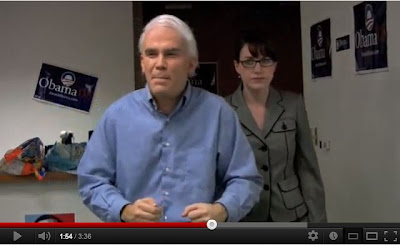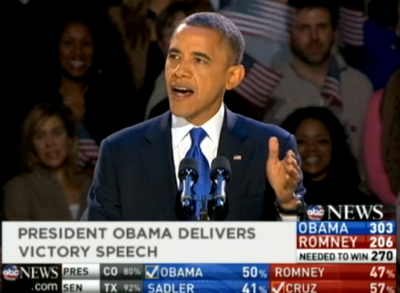I and most of my family have been fortunate to have had a very happy, healthy, and eventful 2012. The most exciting event was the birth of our first grandchild, Stella, on October 5. She's doing great and we are grateful for Facebook and iMessage (not to mention my daughter) for providing us with a steady stream of "Stella fixes" in between visits.
To be sure I wasn't out of the country when Stella was born, I blocked out September and October from travel. But the rest of the year managed to be pretty busy and interesting travel-wise. Most of it was business travel, but my wife and I did take a very fun driving vacation in Europe in late May. And even the business travel wasn't too bad, since it included my favorite countries (France and Japan) and my first trip to Russia.
- Israel - I started the year with an early January customer tour of Israel, mostly around Tel Aviv and Haifa. I always enjoy visiting Israel.
- Los Angeles - Our international distributor meeting was held in LA in early February and included a wonderful backstage movie studio tour.
- Shanghai and Shenzhen - Another customer tour took me to China in late February.
- Taiwan - Annual product seminar day and customer visits, mostly in and near Hsinchu.
- Frankfurt - A trade show (Opatec) took me to Frankfurt in mid-May.
- Europe Driving Tour - My wife joined me in Frankfurt and we drove through Germany to southern France, then to Italy, up into Switzerland, and finally back to Germany over about 8 days. It sounds like a lot of driving but it was really wonderful, especially the days spent on the French Riviera and in Interlaken, Switzerland. I blogged about this trip earlier (including three music videos I made, here, here, and here).
- Amsterdam - In late June, I had a conference in Amsterdam, with a couple of free days to see some of this beautiful city, which I had never done before (I had only passed through on business visits to various places in the Netherlands).
- St. Petersburg - Another conference took me on my first trip to Russia, which I loved! I took a few extra days to explore the city including a helicopter tour. I wrote about this trip back in July.
- Tokyo and Osaka - Another customer visit and seminar week, offering a chance to brush up my rusty Japanese (a little), eat some great food, and enjoy some wonderful views of Mount Fuji.
- Taiwan - Another quick trip to Hsinchu in late November.
- Europe customer tour - Customer visits in early December took me to Wales, England, the Netherlands, Paris, and Toulouse in five days (7 day total trip). We were very lucky with flights and rental cars considering the time of year, and I even ended up with a free afternoon in Toulouse when one customer visit fell through.

















































